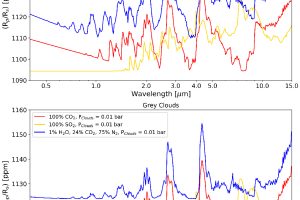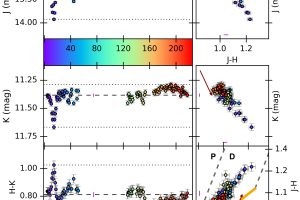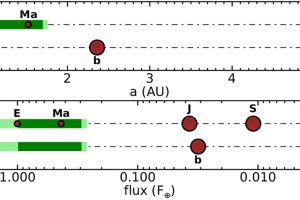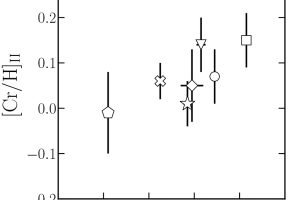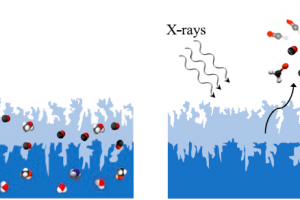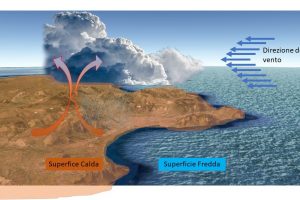Magnetic activity in M stars. The study: “The GAPS programme at TNG. XXVI. Magnetic activity in M stars: spectroscopic monitoring of AD Leonis” of C. Di Maio (UNIPA/OAPA) recently appeared on A&A
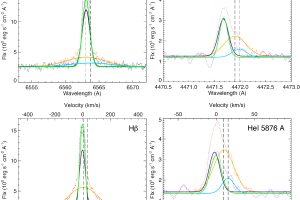
Stars which are not fully radiative (e.g., less massive than 8 solar masses) produce a magnetic field in their interior whose intensity and topology depends on the type of star and internal structure. The magnetic field is then drag toward the surface and here it interacts with the plasma in the photosphere, chromosphere, and corona triggering phenomena classified as “magnetic
» Read more

